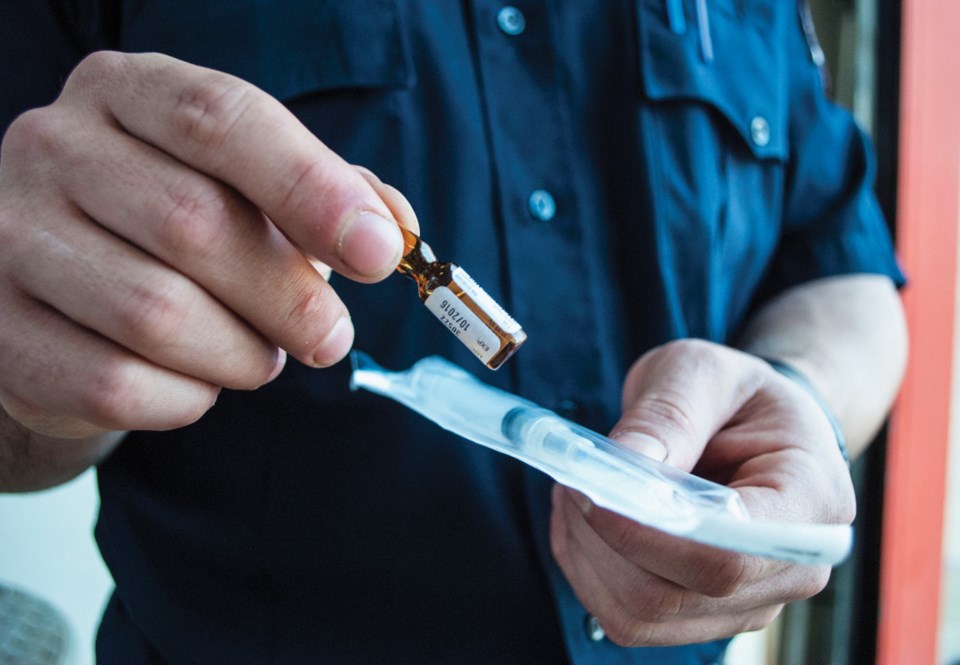A death review panel convened by the chief coroner to look into all illicit drug overdose deaths in the province between Jan. 1, 2016 and July 31, 2017 released its findings on April 5.
The panel of 21 experts from the health care, policing, corrections, First Nations, education, and mental health and addictions fields was chaired by Michael Egilson.
The panel looked into 1,854 deaths from illicit drugs.
One-third of the deaths were also put to a detailed case review, which found a steady increase in the number of cases where fentanyl was being detected, which had risen to four out of every five by the end of July 2017.
The review found a substantial number of overdose deaths occurred among those who had been recently involved with the health care system and those who had recent or previous involvement with B.C. Corrections.
Other findings included: the vast majority of overdose deaths occurred among people who used drugs regularly; most overdose deaths occurred among those using alone in private residences; many of the cases involved people who had sought treatment services in the past and experienced relapses; and opioid agonist therapies, such as taking methadone or buprenorphine to prevent withdrawal, are an effective component of opioid addiction treatment.
The panel also found that there are no provincial regulations for evidence-based standards for addiction treatment.
The panel’s three main recommendations revolve around treatment and recovery, identifying the need to:
• Provincially regulate and appropriately oversee treatment and recovery programs and facilities.
• Expand access to addiction care including improved opioid agonist therapies and injectable opioid agonist therapies access.
• Improve safer drug-use through the creation of accessible provincial drug checking services using validated technologies.
Of the deaths examined by the review panel, about eight per cent occurred in small communities (1,000 to 29,999 people) and 10 per cent were in rural areas.
Egilson said ensuring that rural areas and small centres have the resources to act on the recommendations is important, although it wasn’t specifically addressed in the review because it will be up to health authorities and the health ministry to tackle those details.
“The solutions that that broader recommendation have in a place with greater urban density like Vancouver are going to look quite different,” said Egilson, and he pointed to a recent initiative to increase the number of nurse practitioners who can prescribe and administer opioid agonist therapies as one way rural areas might be better served.
Egilson said drug checking services would also have to be set up differently in rural communities, but his panel feels rural areas should get those services.
“The intent certainly is to be looking at both the needs of rural and urban populations,” he said.
The death review panel report was released in conjunction with the illicit drug overdose death statistics up to Feb. 28.
The statistics are not broken down by community unless there were a significant number of deaths. The B.C. Coroners Service reported two deaths within the Coast Garibaldi section of Vancouver Coastal Health, which includes the Sunshine Coast as well as the Sea to Sky Corridor, Powell River and North and West Vancouver.
There were 43 deaths in Coast Garibaldi in 2017.



